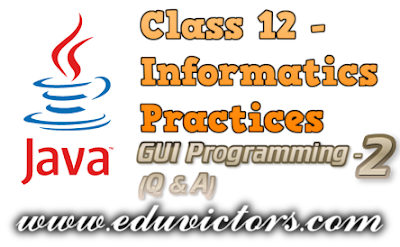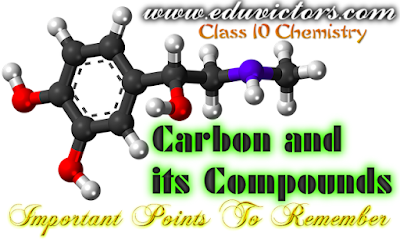SAMPLE PAPER OF SCIENCE FOR Term-1 (2017-18)
CLASS-VIII

M.M-90 Time: 3 Hrs
General Instructions:
1. The question paper consists of 34 questions and is divided into four sections, A, B, C and D
2. All questions are compulsory.
3. Section A comprises question numbers 1 to 10. Each carries 1 mark
4. Section B comprises question numbers 11 to 20. Each carries 2 marks
5. Section C comprises question numbers 21 to 30. Each carries 3 marks.
6. Section D comprises question numbers 31 to 34. Each carries 5 marks.
SECTION-A
Q1. Name the process of sowing seeds by scattering them in the field by hand.
Q2. Why are dried neem leaves put in the container in which food grains are stored?
Q3. What is the huge reserve stock of food grains held by government agencies called?
Q4. How is yeast a beneficial fungi?
Q5. Which antibiotic was discovered first and who discovered it?
Q6. Which phenomenon disturbs the nitrogen cycle?
Q7. Are the handles and bristles of tooth brush made of same material?
Q8. Why are metals used to make bells and musical instruments?
Q9. How does pressure at a point within a liquid change with its depth?
Q10. Why is a sharp knife more effective in cutting a fruit than a blunt life?









